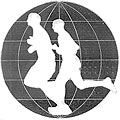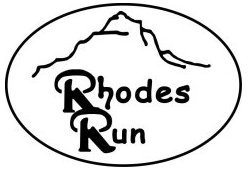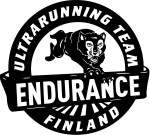World Run II / Reports
|
Loading...
|
|
The map shows the position of which the pictures for the day are taken (if any).
The start and finish markers are placed at the first and last valid registered position.
This is not nessesary the actual start and finish position, if GSM or GPS signals was not available.
|
Goto:
![]() 2011-08-11
2011-08-11
![]() 2011-08-15
2011-08-15
![]() Peru
Peru
Distance today: 20.0 km (Accumulated: 27376.0 km)
Elapsed time: 01:48:58
Country: Peru
Start 10:28am., 14c, half cloudy and hard wind, at km-stone "485" on hwy.1. Finish 12:48, 21c, allmost clear and same, at km-stone "465" on hwy.1.
After the god stage yesterday the stomack-trouble sets in again... By now Im only too familiar with these tropical stomack-infections wich also made the run across Africa an extra challenge ;-) So, I try to avoid the worst of this 'session' of them by taking a few days with shorter stages. Hope it helps !
I am now running very near the Nasca Desert, famous for its ancient lines and figures in the desert. They are made by removing the thin layer of black and dark rocks and stones covering the desert and thus exposing the white layer under them. They are believed to have been constructed around 400-500bc., by pre-inca civilizations, but by nature they are difficult to date.
They cover a massive 500km2 area through the desert and low-mountain area, and often are straight lines, geometrical figures or pictures of animals like birds, spiders, lizards etc.; often spanning several hundred meters in diameter.
There are many theories of why they were made but the main one is that they were closely connected to the symbolics sourrouding the need for water and sun for the extensive agriculture which once thrived in this now hot and empty desert.
Since they are too large to be visible from the ground, they were first 'discovered' from airplane in the 1930'ties which sparked a big tourist industry in the area.
... A thing which I benefit from today as it will be possible to get a good hotel and try to get the stomack infection under control :-)











